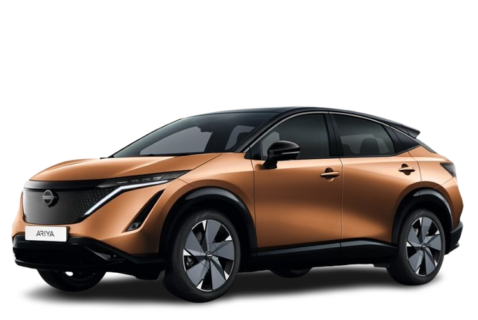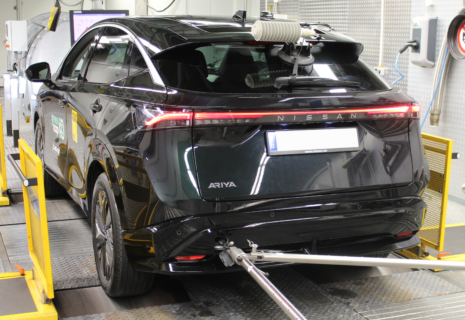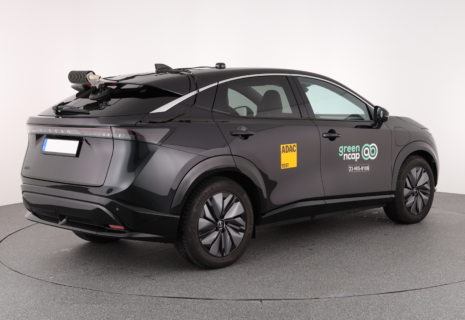Nissan Ariya 87 kWh electric FWD automatic
2023
96%
10.0
10
Clean Air Index
9.3
10
Energy Efficiency Index
9.5
10
Greenhouse Gas Index
| Laboratory Tests | NMHC | NOX | NH3 | CO | PN | |
|---|---|---|---|---|---|---|
| 10.010 | Cold Test | |||||
| 10.010 | Warm Test | |||||
| 10.010 | Highway | |||||
| 10.010 | Cold Ambient Test | |||||
| Road Test | ||||||
| 10.010 | On-Road Drive | |||||
| 5.05 | On-Road Short Trip | |||||
| 8.08 | On-Road Heavy Load | |||||
| 5.05 | On-Road Light Load | |||||
| 2.02 | Congestion | |||||
| Laboratory Tests | Energy | ||||
|---|---|---|---|---|---|
| 10.010 | Cold Test | 19.3kWh100 km | |||
| 10.010 | Warm Test | 18.5kWh100 km | |||
| 8.910 | Highway | 28.0kWh100 km | |||
| 8.410 | Cold Ambient Test | 31.2kWh100 km | |||
| Consumption | Driving Range | ||||
| Average | 21.9kWh100 km | 462km | |||
| Worst-Case | 31.2kWh100 km | 313km | |||
|
|||||
| Greenhouse Gases | CO2 | N2O | CH4 | |
|---|---|---|---|---|
| 10.010 | Cold Test | |||
| 10.010 | Warm Test | |||
| 9.310 | Highway | |||
| 8.810 | Cold Ambient Test |
Specifications
- Tested Car JN1TBAFE0U030XXXX
- Publication Date 04 2023
- Vehicle Class Small SUV
- Emissions Class Euro 6 AX
- Tyres 235/55 R19
- Mass 2,076 kg
- System Power/Torque 178 kW/300 Nm
- Declared Battery Capacity 87.0 kWh
- Declared Driving Range Overall 529 km City 721 km
- Declared Consumption 18.3 kWh/100 km
- Heating Concept PTC + Heat pump








































































































































Our verdict
The Ariya is a next generation electric vehicle from Nissan. The large battery enables the two tonne vehicle to drive more than 500 km according to the WLTP procedure. With the high consumption measured in Green NCAP's Cold Ambient Test, a range of 313 km can be covered, starting with a full battery; in the Highway Test the value is 349 km. When charging with 11 kW, 91.6% of the energy taken from the electricity grid is available at the battery's output side – this is the highest value measured by Green NCAP so far and addresses an important aspect of sustainability and users' costs. During a full discharge, the battery is able to deliver 89.6 kWh of usable energy, which is more than the officially declared 87 kWh. The Nissan Ariya confidently reaches an Average Score of 96% and 5 Green stars.